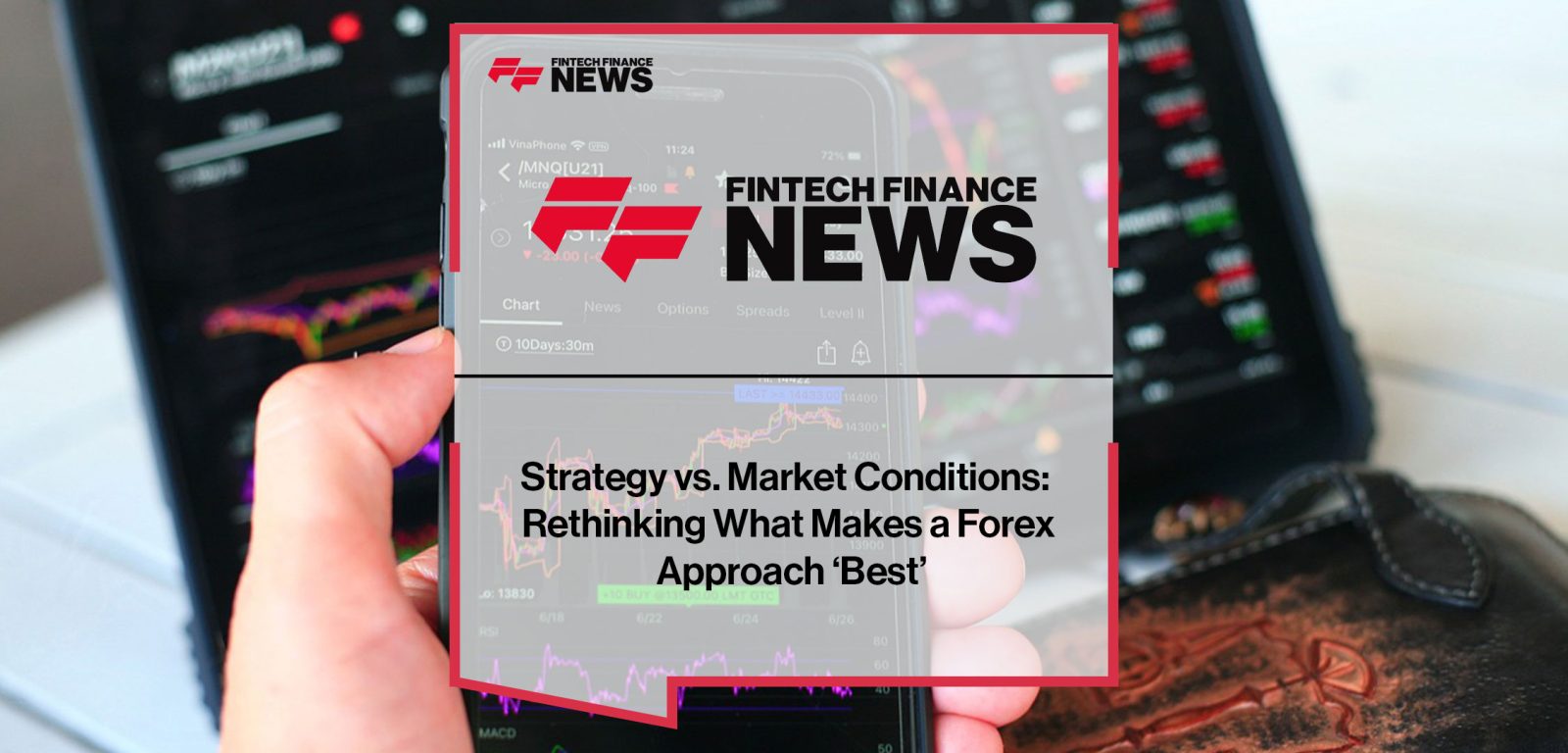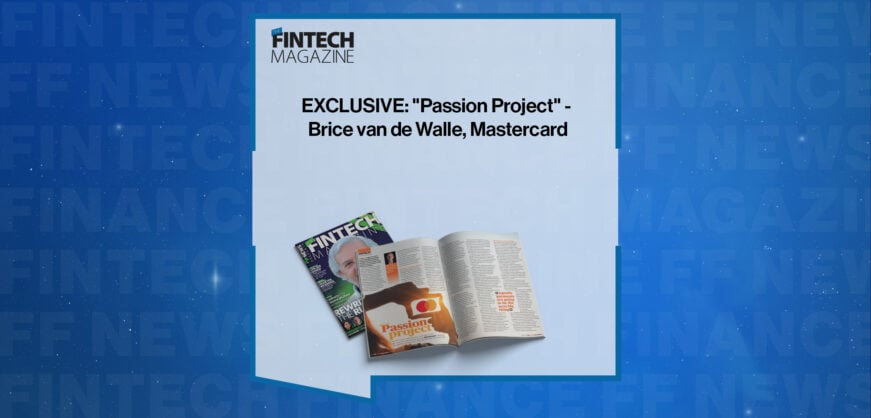Breaking News

Strategy vs. Market Conditions: Rethinking What Makes a Forex Approach ‘Best’
As a seasoned forex trader, you will know that there is a wide array of different trading strategies and market conditions. Success with one particular combination may make you feel like you have solved this part of the trading puzzle, but is that actually the case?
For example, you know that if you use a trend trading strategy when the market is ranging, you are likely to lose. You will also know that if you adopt range trading as your strategy of choice, a trending market will quickly take your money. While on the face of it it may appear that there is an ideal strategy for each condition, the truth is considerably more complex.
By rethinking what makes a forex approach ‘best,’ you can gain new insights into how you’re really interacting with the markets.
The Misunderstood Role Of Market Conditions
As you know, there are three common market conditions: sideways, volatile, and trending. Developing an understanding of the behavior of the market in each case is essential to your growth as a trader, but it is far from the full picture. A mistake even some of the most experienced, successful forex traders make is viewing the market conditions as nothing more than an indicator of which trading strategy to select.
The problem is that the vast number of variables that are driving the behavior of the market simply cannot be seen with complete accuracy with a top-down look. A bottom-up approach, however, will typically prove impractical because of the vast amount of data. For this reason, we want to recast market conditions as an estimate of what is currently happening as opposed to a definitive indicator of what you should do.
An asset could be trending upwards on a chart at a steady rate, which you then logically take as an indicator to buy. While this may be a suitable strategy in many cases, it is far from a guaranteed win in the market. Events on the other side of the world that traders are completely unaware of may quickly wipe out those price increases and leave you exposed to far more risk than first appeared. Clearly, there is more involved here than interpreting the current state of the market and then selecting a set strategy.
The Optimal Strategy Fallacy
There is no perfect strategy — you know this as someone with experience in forex — but what you may not have thought about is the importance of flexible, elastic application of fundamentals. This is why we think of the best forex trading strategy as the one that leaves the most room for a skilled trader to adapt and change course in line with the behavior of the market, rather than the one that offers the potential for the largest short-term return.
It is an unfortunate fact of the trading world that you will never be able to fully optimize your strategy for the precise market conditions you enter. One obvious reason for this is that as soon as you make your trade, the market changes. The market you invested in is no longer there, and, regardless of how small the change, the market is now different — it is continually evolving, changing, and redirecting itself. An optimal strategy, therefore, is not one that is perfectly mapped to initial starting conditions, but rather one that provides flexibility so that you can react to how the market changes going forward.
Why Markets Don’t Follow Rules
As you already know, there is no one-size-fits-all strategy because of the complex behavior of the markets, but you may think there are certain sets of strategies that are optimal for certain market conditions. For example, a triple candlestick pattern that indicates a downtrend is coming to an end could be a strong sign that it’s the right time to buy. You then combine this insight with a commitment not to put more than 3% of your capital into the trade, and then you adopt your new position. All of this seems logical and clearly structured, and in many ways it is.
Consistent, disciplined approaches like this will allow an experienced trader to profit in a wide variety of situations, but it’s never a guarantee. Unfortunately, the markets don’t follow rules — they are the result of billions of interactions that are happening every second. Much of the human psychology that drives them is often rash and illogical. This is why moving away from trying to predict what the market ‘should’ do and focusing instead on what you as an individual should do is a smarter approach.
The Importance Of Personal Rules
Platforms like ThinkMarkets allow even the most experienced traders to practice their strategies risk-free in a wide array of different market conditions. The point here is not that you have to return to the basics, but that you can start to develop your own personal trading rules. The goal is to determine how comfortable you are with certain levels of risk and to gain a more nuanced understanding of how strategies need to be open-ended and flexible.
Leaving yourself backdoors so you can get out of positions, options to hedge, and areas where you can quickly diversify are all important things to consider. You want to make sure that you can move before the market rather than statically reacting to what it does and then selecting a pre-defined ‘optimal’ strategy for the specific market condition. Remembering that market conditions are no more than the point of entry for your position and not definitive indicators of what you should do is a subtle point, but a powerful one.
Develop Flexible Strategies
Flexibility is a key component of any position you hold because you clearly do not want to be tied to a position that may quickly deteriorate. The biggest losses in any market often come from sudden, unexpected events that many traders simply did not see coming. While flexibility will by no means give you the ability to accurately predict the future, what it does do is give you more options to adapt.
Adaptation is not a matter of failing to choose the optimal starting strategy — it is a skill that allows you to take into account the feedback the market is giving you. Because the market continually evolves, a flexible strategy will allow you to move with it, react, and adapt your positions accordingly. This is as much about your mindset as a trader as it is your technical ability and understanding of the situation. Because of the mental side of forex trading, building in flexibility in terms of how you think is what will allow you to move from a rigid set of pre-determined strategies to an approach you seek to continually optimize in real time.
Dynamic Markets Require Dynamic Thinking
Developing the ability to think before the market moves and to assess what you think it will do, rather than judging what you think it ‘should’ do based on the current conditions, is essential. By understanding the nuances of this shift in your outlook, you give yourself the ability to continually adapt. When you consider the large amount of irrational human behavior that goes into shaping the evolution of the market, it’s clear that you need to be able to be dynamic in terms of your thinking. By seeing the ‘best’ forex strategy as the one that gives you the most freedom to adapt quickly to evolving market behavior, you can build in the greatest possible level of flexibility to your approach.
The Last Word
Now that you have seen a new approach to gauging what an optimal or ‘best’ forex strategy is, we hope that you can go and apply the ideas of elasticity and flexibility to your next round of trades. By viewing the market conditions as entry points rather than definitive strategic indicators, you can start to think of your trading strategy as a way to adapt to the future behavior of the market.
One of the difficulties here is that, as an experienced forex trader, you will have no doubt had significant success with your previous way of thinking. The problem is that there will always be times when sticking to a strategy, regardless of more subtle indications from the market, can wipe out all of your recent profits. Building flexibility into your strategies and developing the ability to adapt how you trade as the market evolves will free you from this level of risk exposure by giving you the option to reposition yourself.
- EXCLUSIVE: “Passion Project” – Brice van de Walle, Mastercard in ‘The Fintech Magazine’ Read more
- FreedomPay Drives Global Merchant Innovation Read more
- FIS Brings AI-Powered Advancements to Seamless, Personalized Digital Banking Experiences Read more
- Citi Ventures Invests in BVNK to Power the Next Generation of Financial Infrastructure Read more
- Nearly Two-Thirds of Global Retailers Say Payment Method Flexibility Drives Revenue Growth, ACI Worldwide Survey Finds Read more















